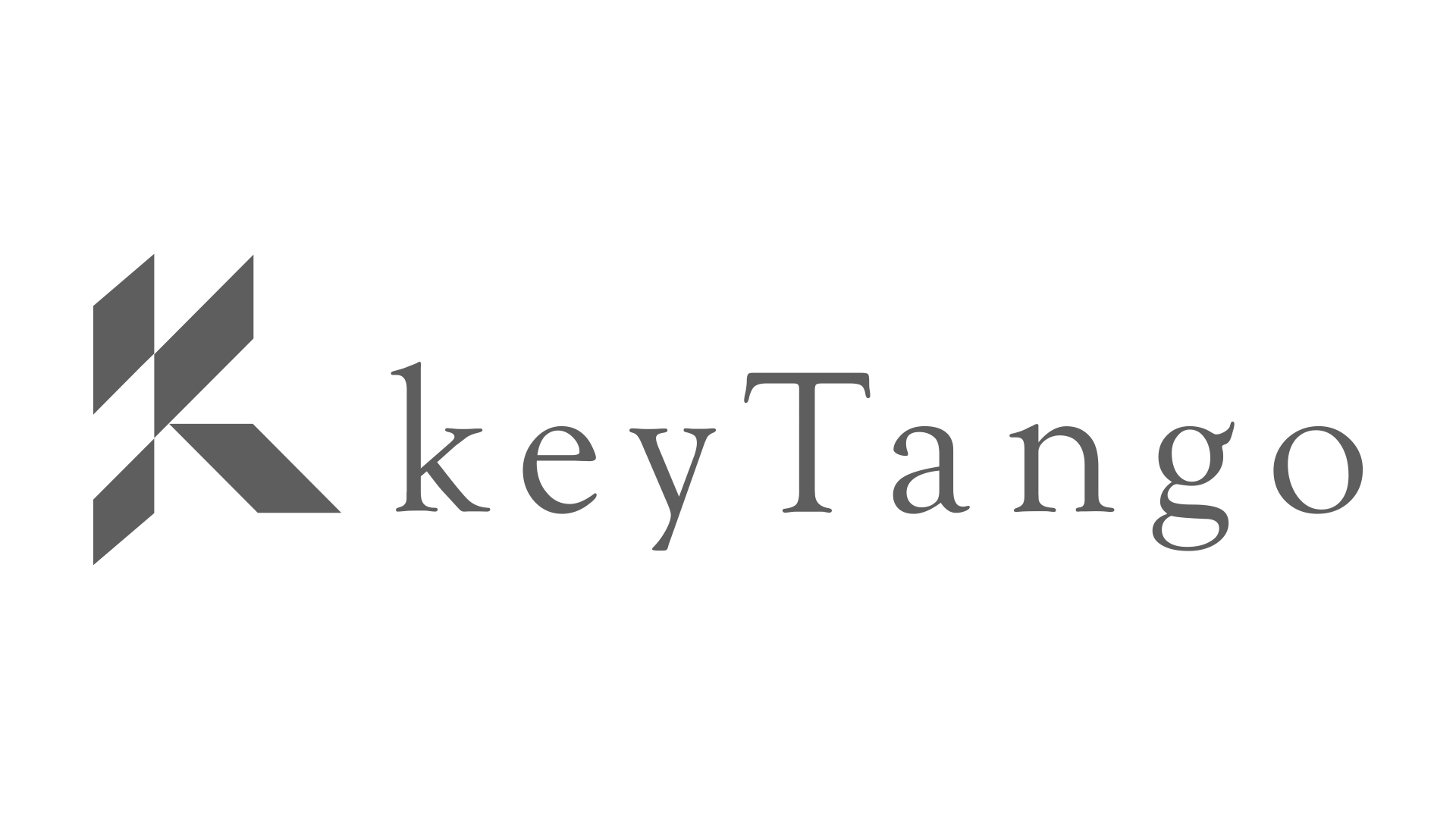Order books are a list of prices, amounts and directions (buy or sell) for a financial instrument. Dexs are the primary forum for trading tokens in DeFi and one way that DEX’s are able to aggregate liquidity and facilitate trading is via an order book mechanism. In simple terms, an order book maintains a record of prices at which market makers and takers are willing to transact tokens – this is known as resting orders. Makers will list desired amounts and prices of tokens to the order book, while takers will fill these orders manually.
Order Books
Lists of Buy and Sell Orders

Order books tend to provide users with more control and security, as users do not need to trust a matching algorithm or centralized counterparty to match orders. However, because of manual matching, order books often experience increased latency in trades. The time from listing to fulfillment can be longer with an order book mechanism as opposed to a centralized exchange or AMM.
Before trading on a DEX, it’s important for a trader to understand how the order book matches orders. Order books require a high degree of liquidity in order to function efficiently. Without liquidity, order books can suffer from high price slippage. Another risk with order book trading is that makers are at higher risk for having their resting prices exploited. Makers must pay attention to price movements to ensure that their resting prices are not stale and “off-market”, otherwise takers can exploit a mis-priced coin by manually filling the off-market order. Some DEX’s have guardrails that protect market participants from these types of scenarios. However, many of the measures taken to protect participants can often lead to higher latency and decreased liquidity.
Video by: Deep Lizard
keyTango Analytics
Soon you’ll be able to analyze prices at order books like 0x and invest right on keyTango

Will Warren, CEO 0x
Image by: Epicenter.tv







